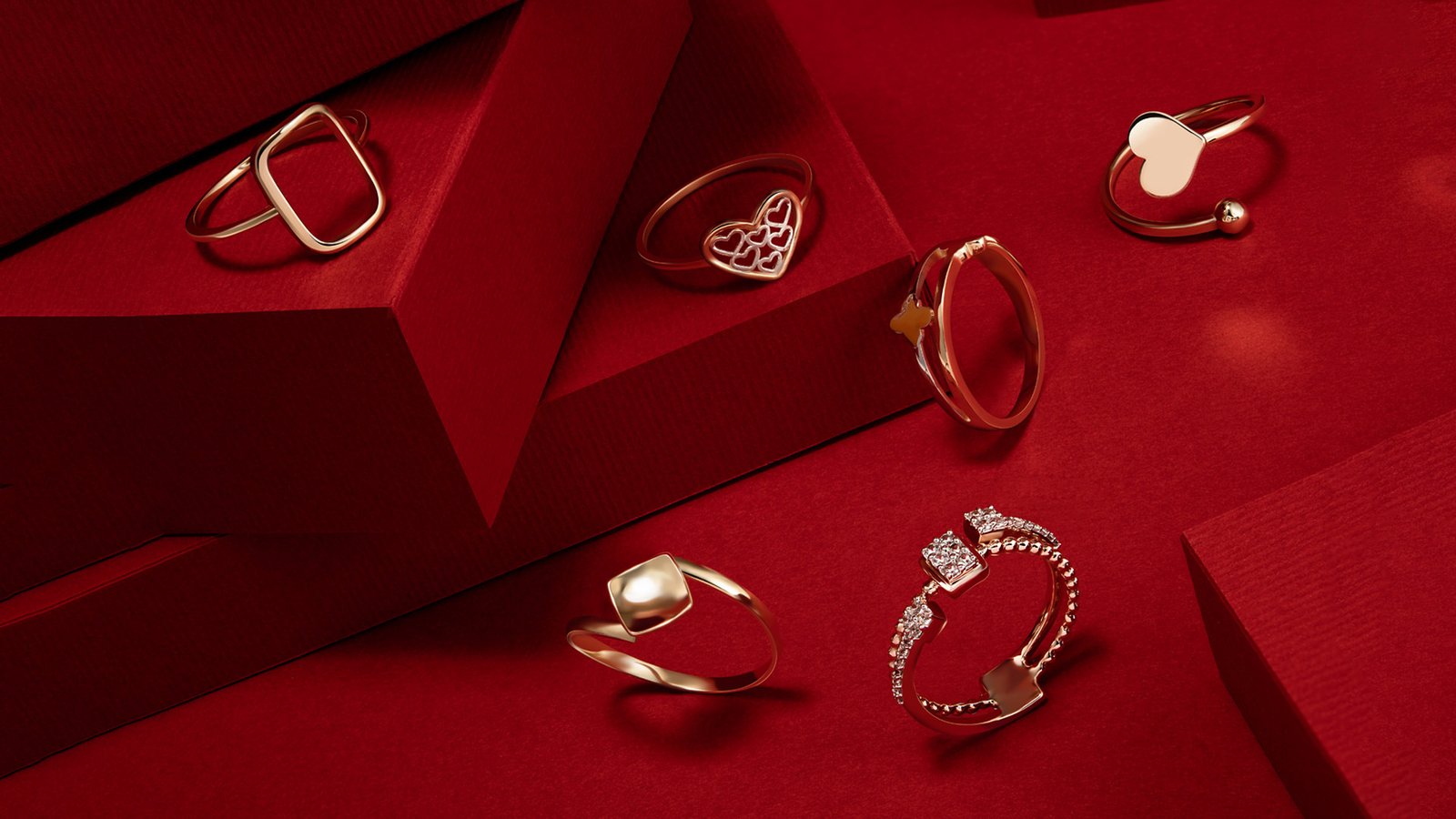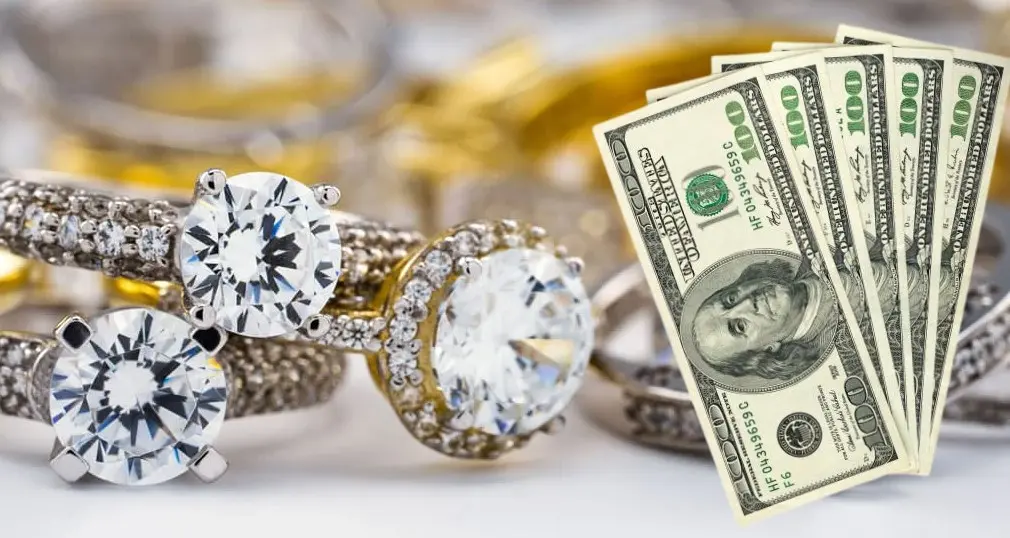Jewelry: A Timeless Expression of Art, Culture, and Personal Style
Jewelry has been an integral part of human society for thousands of years, serving not only as adornment but also as a reflection of culture, status, and personal expression. From ancient civilizations to modern times, jewelry has evolved in its forms, materials, and significance. It plays a role in defining beauty, commemorating important events, and symbolizing identity. In this article, we explore the history of jewelry, the various materials used, its cultural and symbolic significance, and modern trends that continue to shape the industry.
1. The Historical Evolution of Jewelry
Jewelry has a long and rich history that spans nearly every culture across the globe. It has been used to signify wealth, power, spirituality, and love, with its designs and meanings evolving alongside human civilization.
In ancient Egypt, jewelry was used not only for decorative purposes but also as a symbol of divine protection and power. The Egyptians crafted their pieces from gold, which they believed to be the skin of the gods, and adorned them with semi-precious stones like turquoise and lapis lazuli. Jewelry was often placed in tombs to accompany the dead into the afterlife.
Similarly, ancient Greece and Rome had strong traditions of jewelry-making, with designs influenced by mythology and daily life. Greeks were known for their intricate gold work and used jewelry to depict the gods and goddesses of their pantheon. The Romans, on the other hand, wore rings and brooches to signify social rank and allegiance to the empire.
During the Middle Ages in Europe, jewelry became a prominent symbol of social status and religious devotion. Only royalty and the nobility were allowed to wear gold and silver, while the common people used copper and other base metals. In the Renaissance period, jewelry design flourished as artisans began using gemstones in more intricate settings, reflecting wealth and prestige.
2. Materials Used in Jewelry
Jewelry can be made from a wide variety of materials, each with its own aesthetic appeal and significance. Over the centuries, artisans have perfected techniques for working with both precious and non-precious materials to create pieces that captivate the wearer and observer alike.
- Precious Metals: Gold, silver, and platinum are the most commonly used precious metals in jewelry. Gold has been prized since ancient times for its beauty, malleability, and resistance to tarnishing. It is often alloyed with other metals to create different shades, such as white gold or rose gold. Silver, known for its bright luster, has been used for centuries in both high-end and everyday pieces. Platinum, a rare and durable metal, is highly valued in fine jewelry for its strength and purity.
- Gemstones: Gemstones have always been an essential part of jewelry design. Diamonds are the most well-known and cherished, symbolizing eternity, love, and strength. Other gemstones, such as rubies, emeralds, sapphires, and amethysts, add color and depth to jewelry pieces and carry various symbolic meanings. For instance, rubies are often associated with passion, while emeralds represent renewal and growth.
- Organic Materials: In addition to metals and stones, many pieces of jewelry incorporate organic materials such as pearls, amber, and coral. Pearls, formed within oysters, have long symbolized purity and elegance. Amber, fossilized tree resin, is prized for its warm, golden hue, while coral, harvested from the sea, has been used in jewelry since ancient times, particularly in Mediterranean cultures.
3. Cultural and Symbolic Significance of Jewelry
Jewelry holds deep cultural and symbolic meaning in many societies, often worn to mark important life events or as symbols of status, faith, or identity.
In Indian culture, jewelry plays a central role in rituals and celebrations, especially weddings. Gold is considered auspicious and is often worn by brides as a symbol of prosperity and marital bliss. Traditional pieces such as bangles, nose rings, and anklets carry significant meaning and are passed down through generations.
In African cultures, jewelry is used to signify tribal affiliation, social status, and rites of passage. Beads, shells, and metals are crafted into elaborate necklaces, bracelets, and headdresses that tell stories of the wearer’s heritage. Jewelry often plays an important role in ceremonies, marking events such as marriage, coming of age, and leadership.
In Western cultures, jewelry is often associated with personal milestones and commitments. Engagement rings, for instance, have become a universal symbol of love and commitment, with diamonds being the gemstone of choice. Beyond romantic significance, jewelry also commemorates other life events such as birthdays, graduations, and anniversaries.
4. Modern Jewelry Trends
While the traditional value and significance of jewelry remain, modern trends reflect changing tastes, lifestyles, and concerns, including ethical and sustainable practices.
- Minimalist Jewelry: Minimalist designs have gained popularity in recent years. Simple, sleek, and understated pieces such as thin gold chains, small studs, and delicate rings are favored for their versatility and timelessness. Minimalist jewelry is often worn daily and layered for a more personalized look.
- Sustainable and Ethical Jewelry: As consumers become more environmentally conscious, there has been a growing demand for sustainable jewelry. Many jewelers now focus on using recycled metals and conflict-free gemstones, ensuring that their materials are ethically sourced. Lab-grown diamonds are also becoming more popular, offering an eco-friendly and affordable alternative to mined diamonds.
- Personalized Jewelry: Customized and personalized jewelry has also seen a rise in popularity, with individuals seeking to create meaningful pieces that reflect their personal stories. Initials, names, birthstones, and engraved messages make these pieces uniquely special, often becoming heirlooms passed down through generations.
5. Conclusion: The Timeless Allure of Jewelry
Jewelry remains one of the most enduring forms of personal expression, evolving with time but retaining its core significance in human culture. Whether worn as a symbol of love, a marker of social status, or simply for beauty, jewelry has the power to transcend generations and cultures. As modern trends continue to shape the jewelry industry, the artistry, craftsmanship, and personal meaning behind every piece ensure that jewelry will always hold a special place in human history and hearts.













Post Comment